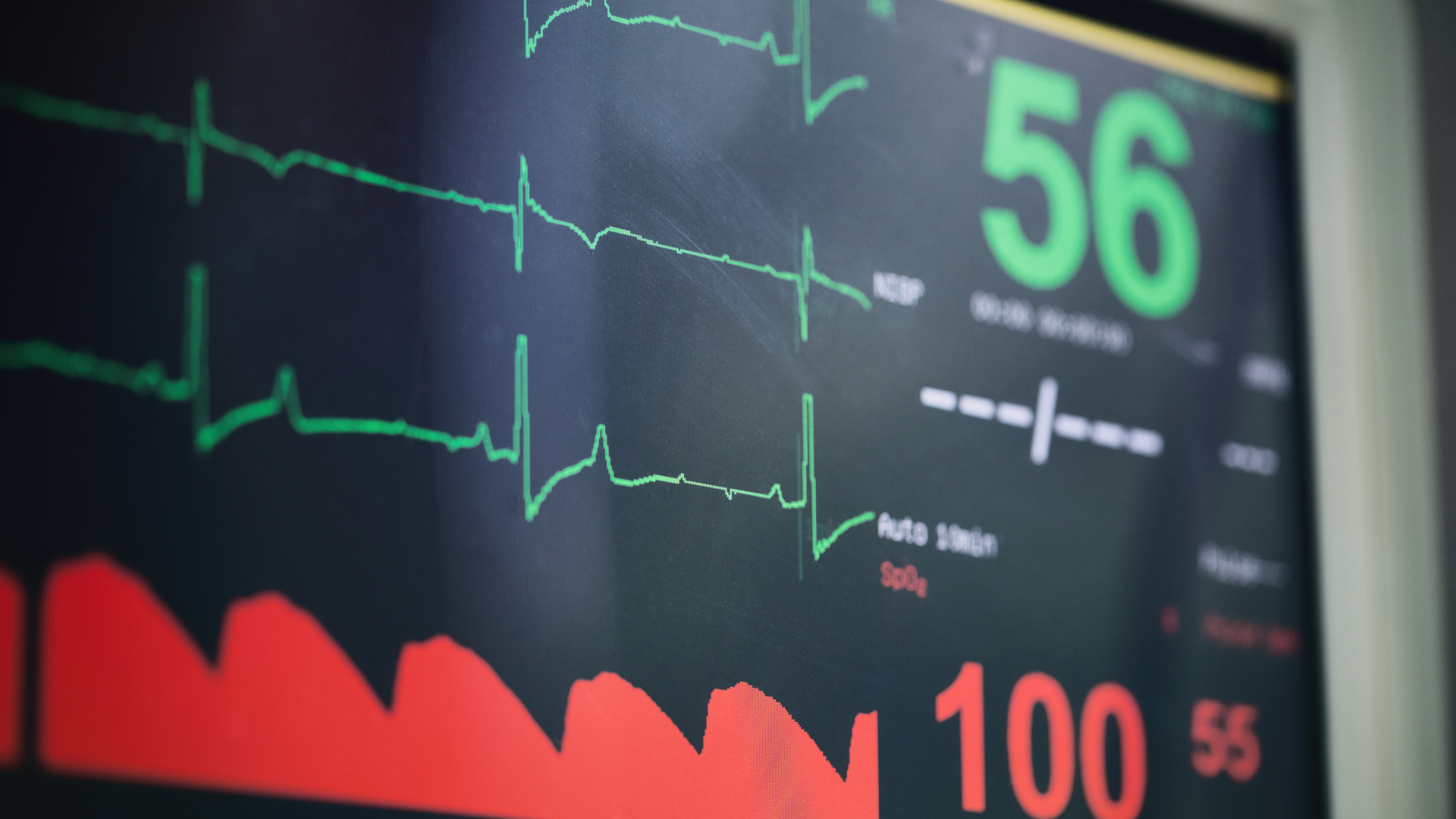Are you tired of feeling like your workouts are not yielding the results you want? Are you seeking ways to maximize your exercise potential and achieve better fitness goals? Look no further! This blog post will explore practical and safe ways to increase your heart rate during a workout.
Doing so can elevate your metabolism, burn more calories, and improve cardiovascular health. From high-intensity interval training (HIIT) to circuit training and beyond, we’ll share tips on how to make the most out of every sweat session.
The Benefits of Increasing Your Heart Rate
When it comes to working out, one of the most important things you can do is ensure your heart rate is in the correct zone. Not only will this help you burn more calories, but it will also help improve your overall cardiovascular health.
You can increase your heart rate effectively and safely in many different ways. Here are just a few:
- By doing some form of aerobic exercise such as walking, running, biking, swimming, etc., for at least 30 minutes at a time;
- By adding some interval training to your workouts – this means alternating between periods of high-intensity and low-intensity activity;
- By using a heart rate monitor to ensure you stay within your target heart rate zone;
- By gradually increasing the intensity of your workouts over time.
If you want to improve your fitness level or lose weight, ensuring your heart rate is in the right zone is essential. Following the tips above, you can safely and effectively increase your heart rate to maximize your workout potential!
How to Increase Your Heart Rate During Exercise
You can increase your heart rate during exercise in a few different ways. You can improve your heart rate by exercising cardiovascular exercises like running or swimming. You can also do interval training, which involves alternating periods of high-intensity activity with periods of low-intensity exercise. This type of workout is excellent for increasing your heart rate and burning calories. To safely raise your heart rate, warm up first and cool down after your workout.
What to Consider Before Increasing Heart Rate
Before increasing your heart rate, you should consider a few things. First, ensure you are in good health and have no pre-existing medical conditions that an increased heart rate could aggravate. Secondly, start slowly and gradually increase your heart rate over time. Finally, listen to your body and stop if you feel any pain or discomfort. By following these guidelines, you can safely and effectively increase your heart rate to maximize your workout potential.
Exercises That Boost Heart Rate Quickly and Safely
Aerobic exercises use large muscle groups and can be maintained continuously. These exercises raise your heart rate and make you breathe faster. Some aerobic exercises include walking, jogging, running, biking, swimming, and dancing.
Anaerobic exercises are activities that are performed at high intensities for short periods. These exercises force your body to use energy from stored sources rather than oxygen. Anaerobic exercise is not sustainable for long periods, but it can quickly boost the heart rate. Some examples of anaerobic exercise include sprinting, weightlifting, and HIIT (High-Intensity Interval Training).
Both types of exercise are essential for overall health and fitness. However, if you want to maximize your workout potential and boost your heart rate quickly and safely, incorporating both activities into your routine is the best way.
Tips for Managing Your Heart Rate During Workouts
If you want to get the most out of your workouts, paying attention to your heart rate is essential. Here are some tips for managing your heart rate during workouts:
- Make sure you warm up properly before starting your workout. A good warm-up will help increase your heart rate gradually and prepare your body for exercise.
- Pay attention to how you feel during your workout. If you feel lightheaded or dizzy, slow down or stop altogether. It’s essential to listen to your body and not push yourself too hard.
- Cool down after your workout. Just as with a warm-up, a cool-down will help gradually decrease your heart rate. This is especially important if you’ve been working out intensely.
Nutrition and Hydration Strategies for Maximizing Workouts
Achieving maximal results from workouts requires more than just putting in the time. Physical activity stresses the body and depletes its energy stores, so fueling up before and after exercise is essential to maintain performance and promote recovery. The following nutrition and hydration strategies can help you maximize your workout time and get the most bang for your buck.
Before Exercise:
To help maximize performance and delay fatigue during exercise, eating a balanced meal containing carbohydrates, protein, and several fat hours before working out is essential. This will give your body time to digest and absorb the nutrients it needs to sustain energy levels throughout your workout. For smaller meals eaten closer to exercise time, focus on easily digestible carbs like fruit or whole grain toast to top off glycogen stores without weighing down your stomach. And be sure to stay hydrated by sipping on water or an electrolyte-rich sports drink throughout the day leading up to your workout.
During Exercise:
It’s best not to eat a large meal before exercising, as this can lead to gastrointestinal distress. However, if you’re exercising for longer than an hour or at a high intensity, you may need to refuel with some quick-digesting carbs during your workout to keep your energy levels up. Look for foods like energy gels or chews that are easy on the stomach but can provide a quick boost when needed. And be sure to keep up with hydration throughout the session by sipping on water or a sports drink.
After Exercise:
Your post-workout nutrition is key for maximizing results and promoting recovery. Aim to eat carbohydrates and protein within 30 minutes after finishing your workout. Whole grain toast topped with nut butter, Greek yogurt with fruit, or a protein shake are all excellent options that can help replenish energy stores and kickstart the repair of muscle tissue. Additionally, rehydrate with plenty of fluids-ideally 16-20 ounces for every pound lost during exercise.
Maximizing your workout potential is essential to reach your fitness goals. We hope that the tips we have provided in this article will help you increase your heart rate effectively and safely to get the most out of your workouts. Remember, listening to your body and being mindful of any pain or discomfort during exercise is essential. You’ll see great results with consistent effort and intelligent decisions in no time!

